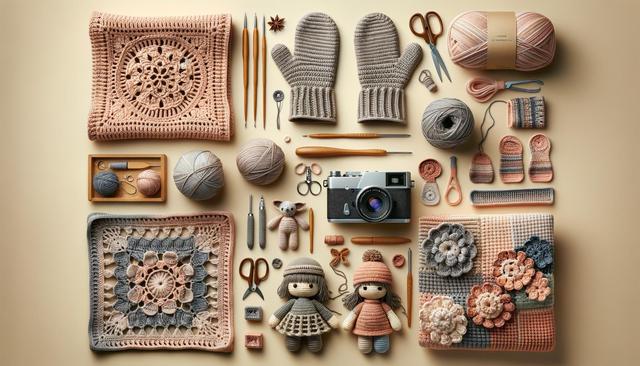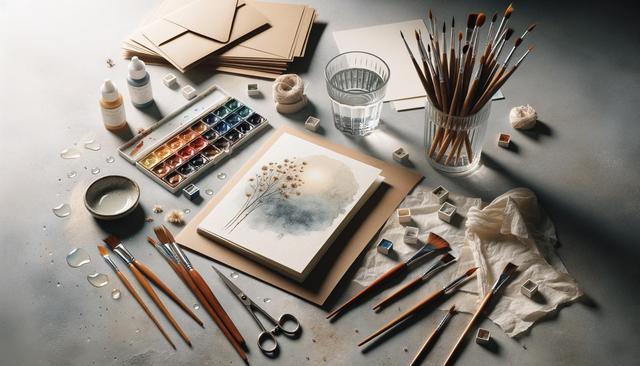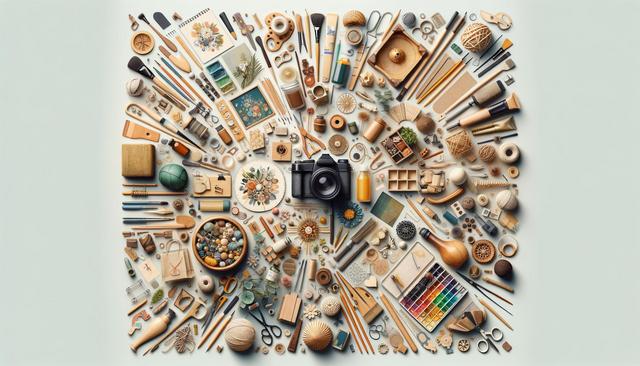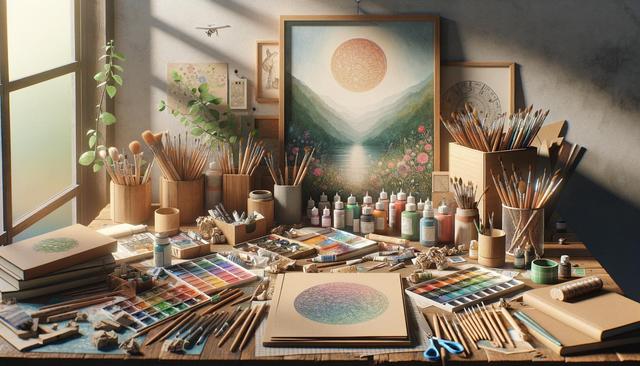Create Stunning Polymer Clay Jewelry with These Easy Tutorials
Discover the art of creating exquisite polymer clay jewelry with simple tutorials that guide you through every step of the process.
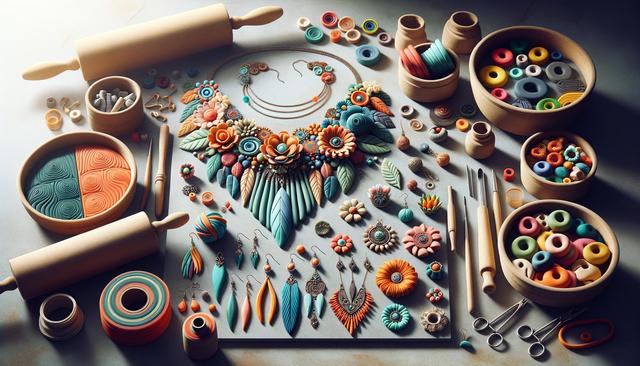
Understanding Polymer Clay Basics
Before diving into crafting stunning jewelry, it’s essential to understand the basics of polymer clay. This versatile material is cherished by artisans for its flexibility and vibrant color range. Unlike other clays that harden when exposed to air, polymer clay remains pliable until it is baked at a low temperature. This attribute makes it an ideal choice for intricate designs and detailed work. To get started, gather a few essential tools: a non-stick work surface, a rolling pin or pasta machine for even thickness, and a set of cutting tools. These will form the foundation of your toolkit, allowing you to manipulate the clay into various shapes and sizes.
When selecting polymer clay, consider the array of colors and finishes available. Many brands offer options that mimic natural stone, glittering metallics, or even glow-in-the-dark effects. Experimenting with these different types can lead to unique and personalized creations. As you work with polymer clay, remember that conditioning is crucial. Kneading the clay softens it, making it easier to shape and reducing the likelihood of cracks during baking. Beginners will find that dedicating time to understanding these basics will significantly enhance their crafting experience.
Simple Techniques for Exquisite Designs
Creating stunning polymer clay jewelry involves mastering a few fundamental techniques. One of the simplest yet most effective methods is the ‘marbling’ technique. By twisting and folding different colored clays together, you can achieve a beautiful, marbled effect that adds depth and interest to your pieces. Another popular technique is ‘caning,’ which involves creating a long cylinder of clay with a pattern running through it. When sliced, each piece reveals a miniature version of the design, perfect for earrings or pendants.
Texturing is another method that adds character to your creations. Using everyday objects like toothbrushes or fabric, you can imprint textures onto the surface of the clay before baking. This not only enhances the visual appeal but also gives your jewelry a tactile quality. Don’t forget the importance of proper finishing. After baking, sanding your pieces with fine-grit sandpaper and buffing them with a soft cloth will give them a professional, polished look. These simple techniques are the building blocks for developing more complex designs as your skills progress.
Step-by-Step Tutorial: Creating a Simple Pendant
Embarking on your first project can be daunting, but starting with a simple pendant is a great way to build confidence. Here’s a straightforward tutorial to guide you through the process:
- Begin by conditioning your chosen clay colors until they are soft and pliable.
- Roll the clay out to a uniform thickness using a rolling pin or pasta machine.
- Cut out your desired pendant shape using a cookie cutter or a craft knife.
- Use a needle tool to create a hole for the necklace chain or cord.
- Add texture or embellishments with stamps or additional clay pieces.
- Bake the pendant according to the clay manufacturer’s instructions.
- Once cooled, sand any rough edges and buff the surface to a shine.
This tutorial serves as a foundation for more complex designs. As you become more comfortable with the process, you can experiment with layering colors, incorporating mixed media, or adding surface effects like mica powders.
Incorporating Mixed Media into Your Designs
For those looking to push the boundaries of traditional polymer clay jewelry, incorporating mixed media elements can add a new dimension to your work. Consider integrating materials such as metal, wood, or fabric into your pieces. For example, combining clay with metal findings or wire can create a striking contrast and add structural integrity to your designs. Wood can provide a natural, rustic element, while fabric can introduce texture and color.
Experimenting with mixed media opens up endless possibilities for creativity. You might choose to embed beads or crystals into the clay before baking, or use resin to encase delicate elements like dried flowers. When working with mixed media, it’s important to ensure all materials are compatible with the baking process and that adhesives used are strong and durable. By exploring these combinations, your jewelry can tell a story or convey a personal aesthetic that distinguishes your work from others.
Conclusion
Creating stunning polymer clay jewelry can be a rewarding and fulfilling hobby. By understanding the basics and experimenting with techniques and mixed media, you can craft unique pieces that reflect your personal style. Whether you are a beginner or an experienced crafter, the possibilities with polymer clay are endless. As you practice and refine your skills, you’ll discover that each piece you create is not just an accessory, but a small work of art. Embrace the journey of learning and enjoy the satisfaction of wearing or gifting your handmade creations.

